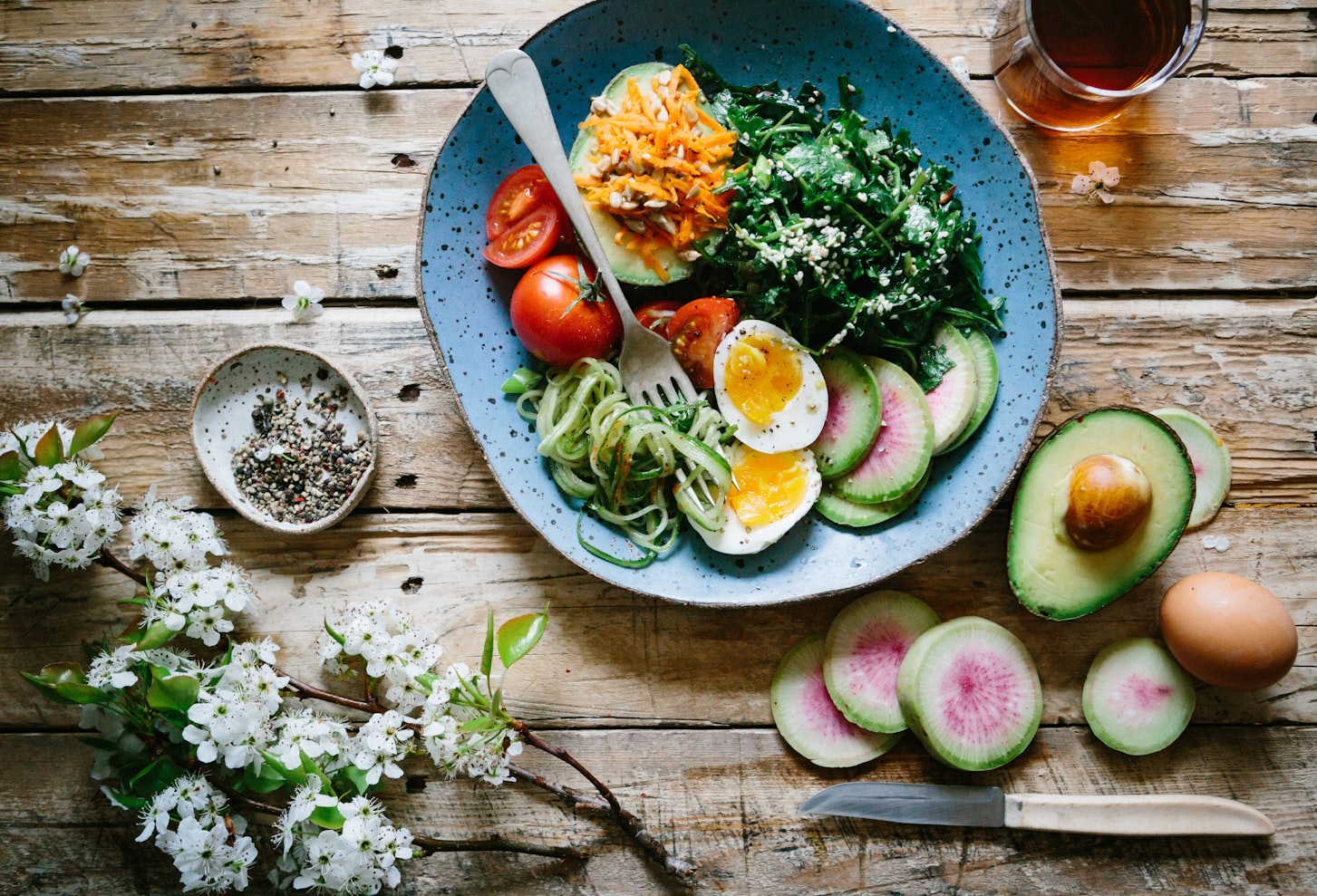In our fast-paced world, maintaining a healthy diet can feel like an impossible challenge. Between work demands, family responsibilities, and social commitments, finding time to prepare nutritious meals often takes a backseat to convenience foods. However, meal prepping offers a practical solution that can transform your nutrition, save money, and reduce daily stress.
Why Meal Prep Works
Meal preparation isn't just a trend—it's a sustainable approach to healthy eating that addresses common dietary challenges:
- Time efficiency: Spend 2-3 hours once per week instead of cooking daily
- Portion control: Pre-measured servings help maintain healthy eating habits
- Cost savings: Buying ingredients in bulk and reducing food waste
- Reduced decision fatigue: No more "what's for dinner?" stress
- Consistent nutrition: Balanced meals become the norm, not the exception
Getting Started: Essential Equipment
Successful meal prep begins with having the right tools:
Storage Containers
- Glass containers: Microwave-safe, leak-proof, and durable
- Portioned containers: Built-in dividers for balanced meals
- Mason jars: Perfect for salads, overnight oats, and soups
- Freezer bags: Space-saving option for longer storage

Proper equipment makes meal prep efficient and enjoyable
Kitchen Tools
- Sharp knives and cutting boards
- Large mixing bowls
- Sheet pans for roasting
- Slow cooker or Instant Pot
- Food scale for accurate portions
The Meal Prep Blueprint
Step 1: Plan Your Meals
Successful meal prep starts with thoughtful planning:
- Choose 3-4 base recipes for the week
- Consider your schedule and choose appropriate meal types
- Balance proteins, vegetables, and healthy carbohydrates
- Plan for variety to prevent boredom
- Include snacks and breakfast options
Step 2: Create Your Shopping List
Organize your list by store sections:
- Proteins: Chicken, fish, legumes, eggs
- Vegetables: Mix of fresh, frozen, and shelf-stable options
- Grains: Brown rice, quinoa, oats, whole grain pasta
- Pantry staples: Oils, spices, herbs, nuts, seeds
Step 3: Prep Day Execution
Follow this systematic approach for efficient prep:
- Prep vegetables: Wash, chop, and store in airtight containers
- Cook grains and proteins: Prepare large batches for multiple meals
- Roast sheet pan meals: Combine vegetables and proteins for easy one-pan dishes
- Assemble grab-and-go items: Snack boxes, salad jars, smoothie packs
- Label and store: Include dates and contents for easy identification

Fresh, prepped ingredients make healthy meal assembly quick and easy
Meal Prep Strategies for Different Lifestyles
For Busy Professionals
Focus: Quick, portable meals that can be eaten at your desk or during short breaks.
- Mason jar salads with dressing on the bottom
- Protein-packed breakfast boxes
- One-bowl meals with complete nutrition
- Healthy snack portions to avoid vending machines
For Families
Focus: Flexible components that can be mixed and matched for different family members' preferences.
- Build-your-own taco/bowl bars
- Batch-cooked proteins that work in multiple dishes
- Pre-cut vegetables for quick side dishes
- Freezer-friendly soups and stews
For Fitness Enthusiasts
Focus: Precise portions and specific macronutrient ratios to support training goals.
- Portioned protein and carbohydrate combinations
- Post-workout smoothie packs
- Energy balls and healthy snacks
- Hydrating foods for recovery
Sample Weekly Meal Prep Plan
Sunday Prep Session (2-3 hours)
Proteins
- Baked chicken breast with herbs
- Hard-boiled eggs
- Cooked lentils
Grains and Starches
- Brown rice
- Roasted sweet potatoes
- Overnight oats base
Vegetables
- Roasted broccoli and bell peppers
- Fresh salad greens washed and stored
- Chopped vegetables for snacking
Assembly Ideas
- Breakfast: Overnight oats with berries and nuts
- Lunch: Chicken and vegetable bowl over brown rice
- Dinner: Lentil and sweet potato curry
- Snacks: Vegetables with hummus, hard-boiled eggs

A week's worth of healthy meals, ready to grab and go
Storage and Food Safety Tips
Refrigerator Storage
- Most prepared meals stay fresh for 3-4 days
- Keep raw and cooked foods separate
- Store at 40°F (4°C) or below
- Use clear containers to monitor freshness
Freezer Storage
- Label with contents and date
- Freeze in single-serving portions
- Use within 2-3 months for best quality
- Thaw safely in refrigerator overnight
Overcoming Common Challenges
Meal Prep Fatigue
- Rotate between different cuisine styles
- Try new recipes regularly
- Involve family members in planning and prep
- Start small and gradually increase complexity
Time Constraints
- Use convenience items like pre-cut vegetables
- Employ time-saving appliances
- Prep ingredients rather than complete meals
- Consider mini-prep sessions throughout the week
Storage Space Limitations
- Invest in stackable containers
- Use freezer space effectively
- Prep components rather than full meals
- Coordinate with household members to share space
Advanced Meal Prep Techniques
Batch Cooking
Prepare large quantities of versatile base ingredients that can be used in multiple ways throughout the week.
Component Cooking
Prep individual components (proteins, grains, vegetables) that can be mixed and matched for variety.
Freezer Meals
Prepare complete meals that can be frozen and reheated, perfect for busy weeks or emergency dinners.
Remember: Meal prep is a skill that improves with practice. Start with simple recipes and gradually build your repertoire. The key is consistency, not perfection. Even basic meal prep can dramatically improve your nutrition and reduce daily stress around food decisions.
